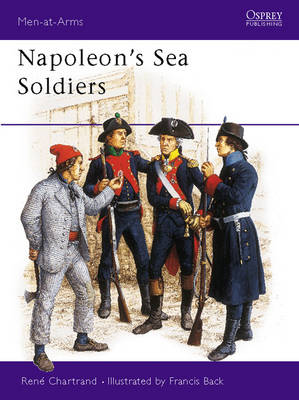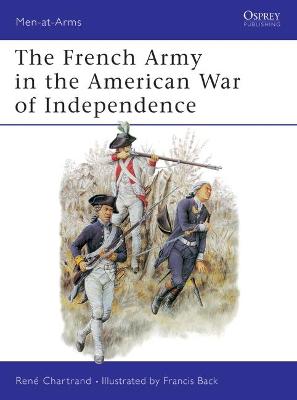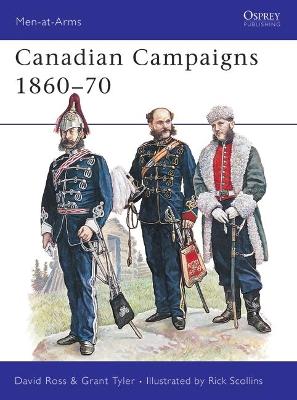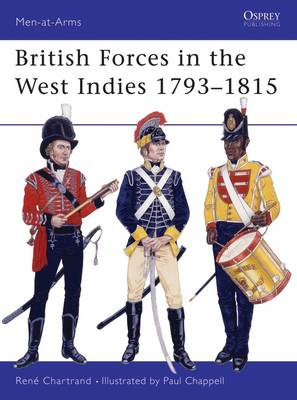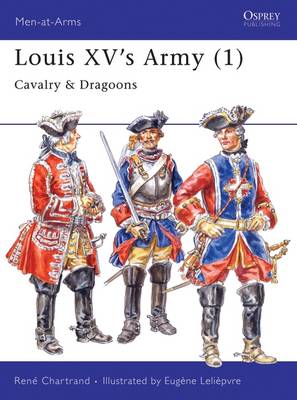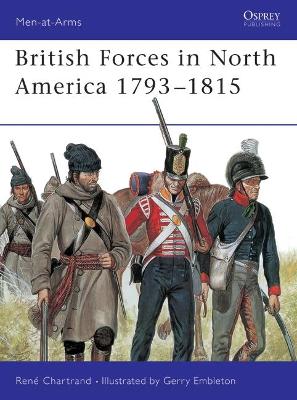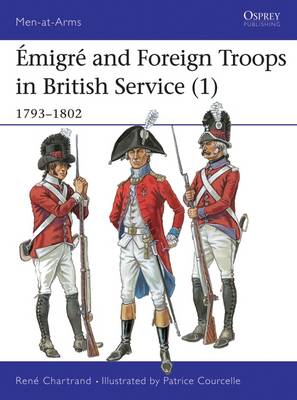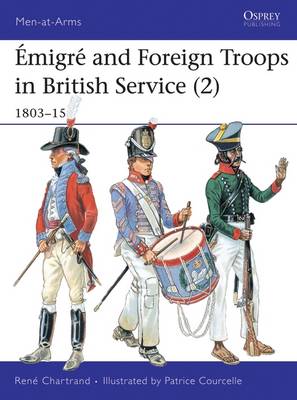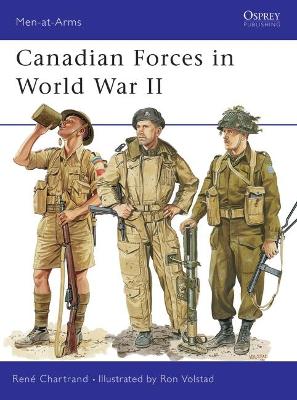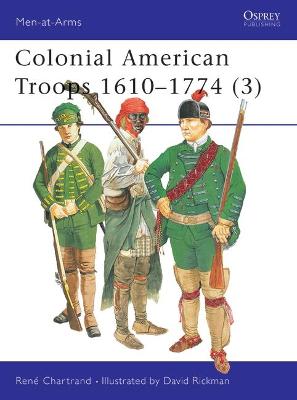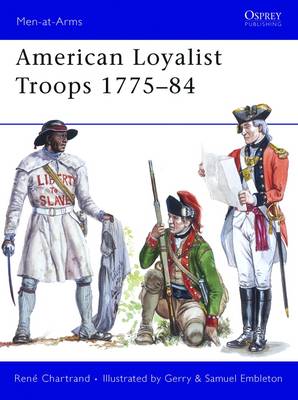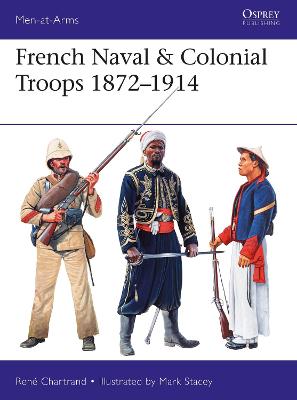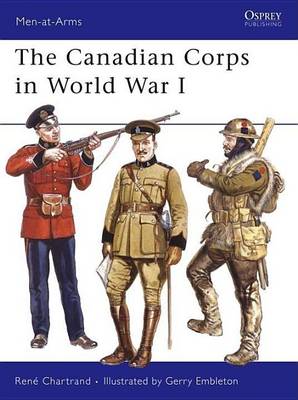Men-at-Arms
17 primary works • 19 total works
Book 203
Book 211
Book 227
Book 244
Book 249
Book 272
Book 294
Book 296
Book 319
Book 321
Book 328
Book 335
Book 358
Book 359
Book 383
Book 450
Book 475
Spread throughout the French Empire, Naval Troops in this period were characterized by very large infantry and artillery regiments based in France, mixed race regiments (Régiments Mixtes), and entire native regiments raised in West Africa, Madagascar and Indochina. The latter, the so-called 'Tirailleurs’ were organized and led by officers and cadres from the Naval Troops, and wore very varied and colourful uniforms based on formalized versions of traditional local costumes.
French Naval & Colonial Troops 1872–1914 uses rich and detailed full colour plates as well as thorough analysis to detail the story of these tough colonial units which bore the brunt of French colonial campaigns in Africa and Vietnam.
v. 439


